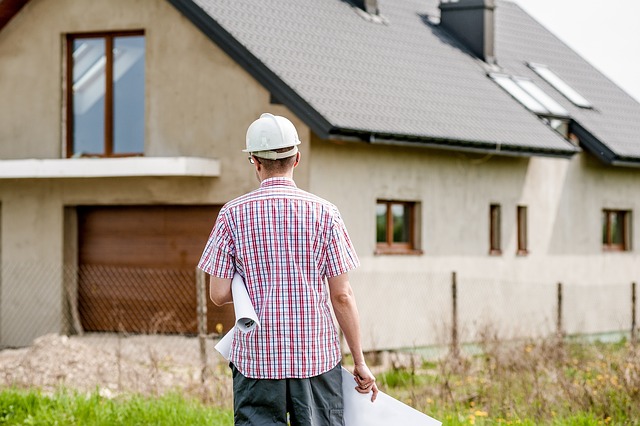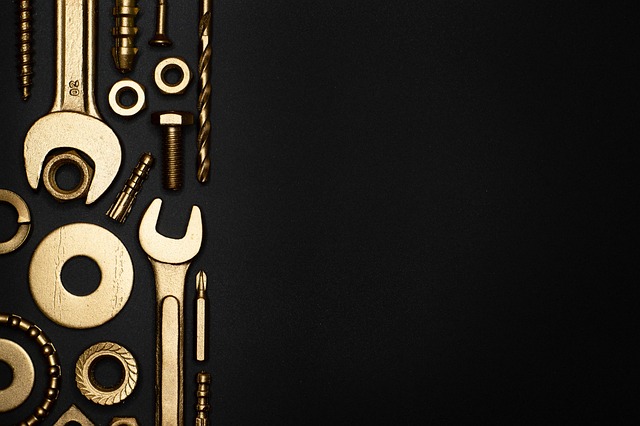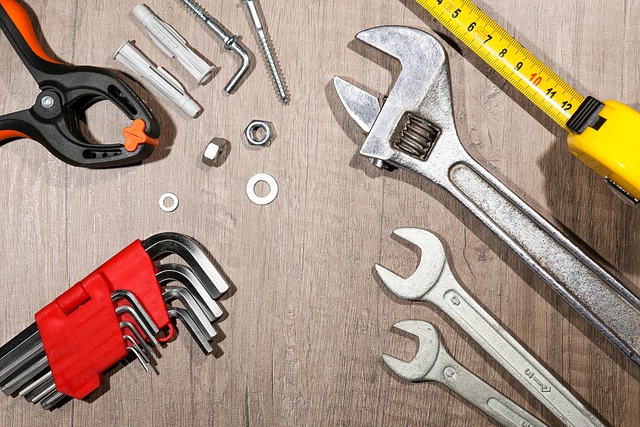Effective home repair and maintenance are vital for ensuring the safety, efficiency, and longevity of household appliances. To safely install new appliances, understand your electrical system's layout and capacity, turn off relevant power circuits before work begins, and strictly follow manufacturer instructions, which include necessary diagrams and safety warnings. For intricate installations involving refrigeration or gas lines, professional assistance is advisable to comply with local building codes and standards. Routine maintenance includes visual inspections, testing functions, detecting leaks, and addressing any irregularities. Regularly consulting user manuals for troubleshooting can help resolve issues before they escalate. When professional intervention is needed, skilled technicians provide accurate diagnoses and repairs using the right tools and techniques, offering advice to prevent future complications. Homeowners should prioritize early detection of problems like electrical faults or wear and tear, as this prevents costly damage and ensures appliances operate at peak performance. By incorporating DIY knowledge with expert guidance, homeowners can maintain a well-functioning household and reduce the risk of unexpected emergencies. Regular maintenance checks and adherence to home repair and maintenance best practices not only save on long-term costs but also contribute to a more comfortable and efficient living environment.
When it comes to ensuring the smooth operation of your household, understanding appliance installation and repair is paramount for effective home maintenance. This comprehensive guide delves into the essentials of proper appliance installation, pinpointing common issues that can arise and offering robust repair strategies. Additionally, we’ll explore preventative measures and regular maintenance tips to keep your appliances in top condition, all within the context of home repair and maintenance practices. Whether you’re a DIY enthusiast or a seasoned professional, this article is tailored to provide valuable insights for safeguarding your home’s functionality and longevity.
- Understanding the Basics of Appliance Installation for Home Repair and Maintenance
- Common Appliance Issues and Effective Repair Strategies in Home Repair and Maintenance
- Preventative Measures and Regular Maintenance Tips to Keep Your Appliances Running Smoothly in Home Repair and Maintenance
Understanding the Basics of Appliance Installation for Home Repair and Maintenance

When tackling home repair and maintenance, particularly in relation to appliance installation, it’s crucial to approach the task with a systematic understanding. Proper installation not only ensures the longevity of your appliances but also protects against potential electrical hazards and inefficiencies. Homeowners should familiarize themselves with basic safety measures, such as shutting off power circuits before beginning any work, to avoid electric shock or short circuits. Understanding the layout and load capacity of your home’s electrical system is essential for safe appliance installation. Additionally, one must carefully read and follow the manufacturer’s instructions, which provide specific guidelines tailored to each appliance. These instructions often include detailed diagrams and safety warnings that are critical for successful integration into your home’s infrastructure.
For those who prefer a hands-on approach or need assistance, it’s wise to consult with a professional technician, especially when dealing with complex systems like refrigeration or gas connections. A qualified technician can ensure compliance with local building codes and standards, which is vital for the safe operation of your appliances. Regular maintenance checks should be scheduled to inspect connections, check for leaks, and clean filters or components that may affect performance. By combining a foundational knowledge of home repair and maintenance with professional expertise when necessary, homeowners can maintain a safe and efficient living environment, ensuring their appliances run smoothly for years to come.
Common Appliance Issues and Effective Repair Strategies in Home Repair and Maintenance

Regular maintenance is key to ensuring appliances in your home function efficiently and have a longer lifespan. Common issues that arise with home appliances include electrical failures, water leaks, and mechanical malfunctions such as worn-out gaskets or motors. Identifying these problems early on can prevent more significant damage and costly repairs later. Effective repair strategies involve visual inspections to check for obvious signs of wear or damage, testing functionalities like heating elements in ovens or cooling systems in refrigerators, and listening for unusual noises that could indicate underlying mechanical issues.
When a problem is detected, homeowners should first attempt troubleshooting by consulting the appliance’s user manual for guidance on potential fixes. If the issue persists, it’s advisable to contact a licensed repair technician who specializes in home repair and maintenance. These professionals can diagnose the problem accurately and implement effective repair solutions using industry-standard tools and techniques. They can also provide advice on regular upkeep practices to minimize future disruptions and extend the appliance’s service life. Remember, addressing common appliance issues promptly helps maintain a well-functioning home environment and reduces the likelihood of emergency repairs that could be more expensive.
Preventative Measures and Regular Maintenance Tips to Keep Your Appliances Running Smoothly in Home Repair and Maintenance

Regular maintenance and preventative measures are pivotal in ensuring that your home’s appliances operate efficiently, saving you from costly repairs down the line. Start with a thorough inspection of each appliance upon purchase or installation to ensure they are functioning optimally. This initial check includes verifying connections, checking for leaks, and confirming that all parts are secured properly. Once installed, schedule periodic examinations to catch minor issues before they escalate. For instance, cleaning refrigerator coils can maintain energy efficiency and prevent overheating. Similarly, inspecting the dryer’s lint trap after each use, or at least once a month, not only prolongs its lifespan but also significantly reduces the risk of fires. It’s equally important to keep appliances like washing machines and dishwashers clear of debris and soap residue, which can accumulate and cause malfunctions over time. Ensuring that water supply lines are insulated can prevent freezing in winter and reduce wear and tear on your appliances. Regular maintenance also involves checking seals on refrigerators and ovens to maintain their integrity and efficiency. By adhering to these home repair and maintenance practices, you’ll ensure that your appliances perform reliably and efficiently for years to come. Remember to follow the manufacturer’s guidelines for each specific model to tailor your care routine effectively. With consistent upkeep, you can avoid many common issues that arise in household appliances, contributing to a smoother and more cost-effective living environment under the umbrella of home repair and maintenance.
In wrapping up our exploration of home repair and maintenance, it’s clear that appliance installation and regular upkeep play pivotal roles in safeguarding your household operations. By grasping the fundamentals of installation, being proactive with repairs, and adhering to preventative measures, homeowners can ensure their appliances function optimally for years to come. The insights provided herein underscore the significance of meticulous attention to home repair and maintenance practices. With the right knowledge and approach, you can effectively manage your appliance needs, thereby enhancing your living environment’s reliability and efficiency. Remember to apply these strategies consistently to maintain a smoothly running home.
